

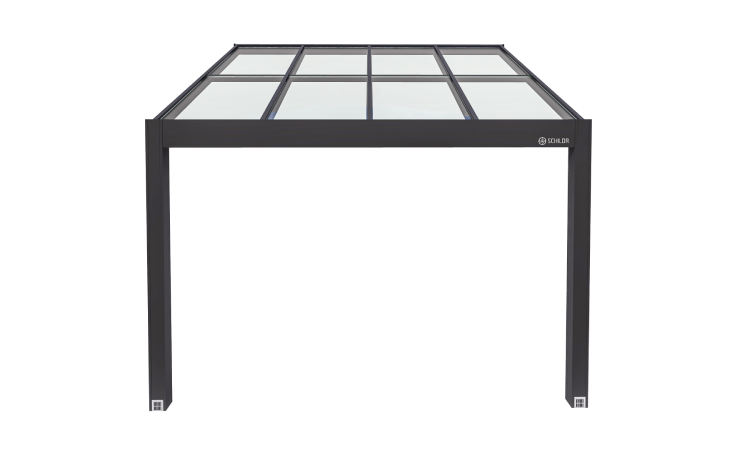
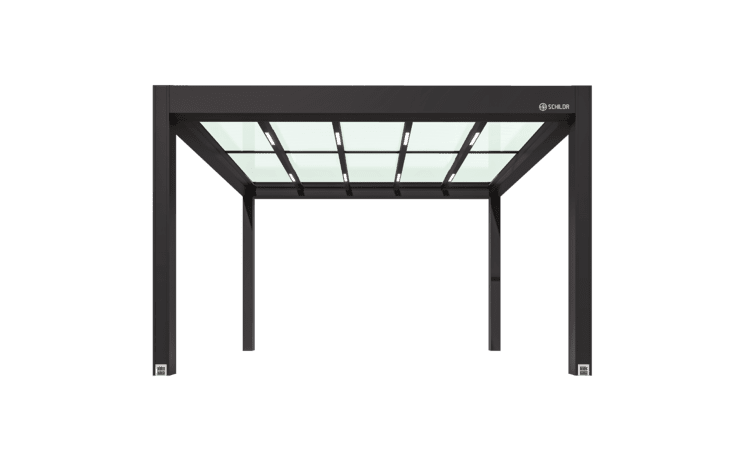
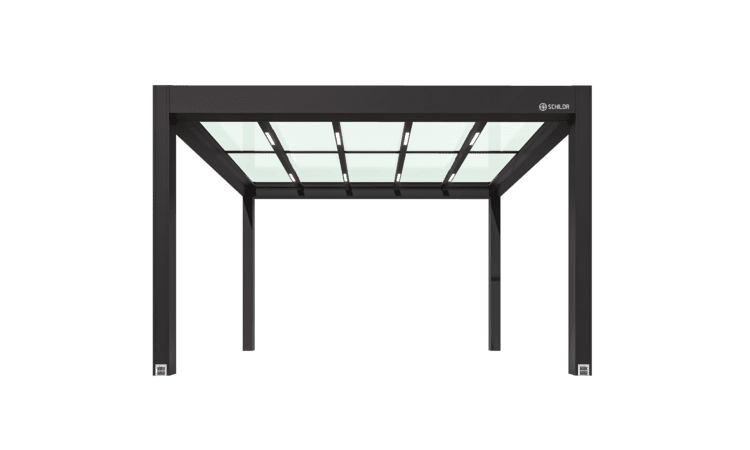
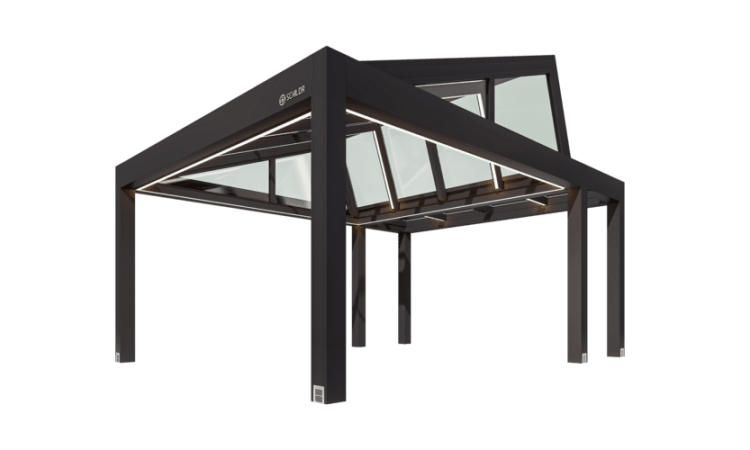
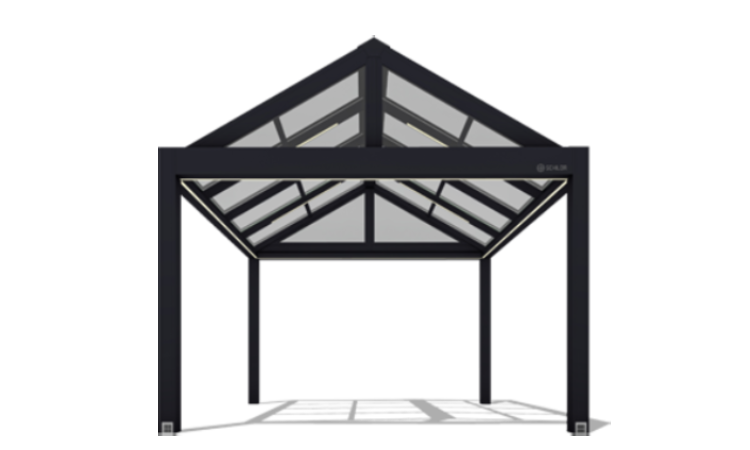
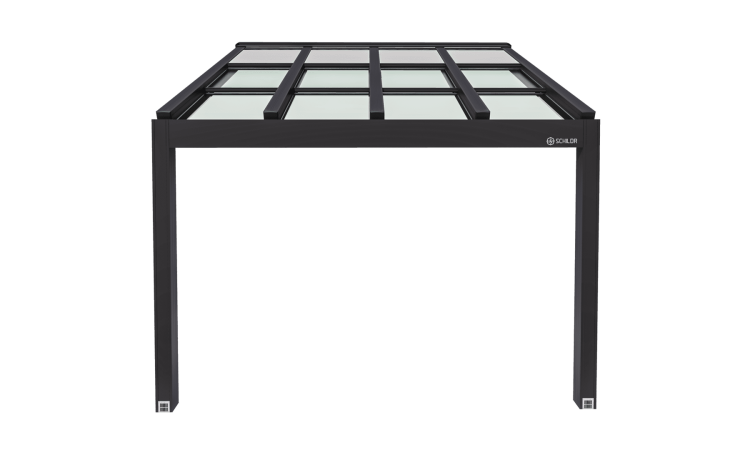
A sunroom is a bright, glass-enclosed addition to a home that creates a seamless bridge between indoor comfort and outdoor beauty. Designed to welcome in natural light, it offers panoramic views while still providing the shelter and coziness of an interior room.
Unlike basic patio enclosures that rely on mesh screens, sunrooms are built with glass walls or large windows, making them more suitable for various weather conditions. Depending on your preferences, you can choose between a 3-season vs 4-season sunroom, each offering different levels of insulation and year-round usability.
These versatile spaces are often used as peaceful retreats, reading corners, stylish home offices, or even plant-filled indoor gardens. As part of a backyard sunroom extension, they bring functionality and elegance to your home’s layout, especially when paired with modern features like the heater installations and stylish sunroom decor trends.
If you’re searching for a fresh and rewarding home upgrade, adding a sunroom might be just what you need. Especially after tackling every DIY project under the sun, a sunroom presents a unique way to enhance your living space with both beauty and purpose.
One of the top benefits of building a sunroom is the immediate boost it brings to your home’s real estate value. Not only do you gain more usable square footage, but the addition stands out in the housing market, particularly in regions with less sunlight. Sunroom design ideas that incorporate unique features can truly set your property apart.
Sunrooms don’t just enhance your home—they enhance your lifestyle. With abundant natural sunlight, you and your family can soak up more vitamin D, support a balanced sleep cycle, and improve your overall mood. Choosing energy efficient sunrooms can also keep the space warm and inviting all year.
By welcoming more daylight into your home, sunrooms reduce your reliance on artificial lighting and lower energy usage. With thoughtful sunroom insulation ideas and the best windows for sunroom use, you can create a space that’s both beautiful and eco-friendly—perfect for those looking to save on utility bills while enjoying the view.
Whether you need a serene reading corner, a cozy workspace, or a bright area to entertain guests, sunrooms deliver. As part of a home extension, they offer flexible space that adapts to your lifestyle. Enhance this space further with modern sunroom flooring options that blend comfort and style.
Nothing compares to the glow of natural sunlight, especially in the colder months. A well-designed sunroom can capture and retain heat, providing a warm, sunlit retreat. It’s also a great spot for nurturing indoor plants and creating a relaxing, light-filled ambiance.
Unlike open patios, sunrooms protect you from insects and other outdoor nuisances. Whether you choose screened doors or solid glass panels, your space remains bug-free—while still feeling connected to nature.
Custom sunroom builder systems come in different styles depending on how often you plan to use the space throughout the year:
1. Three-Season Sunroom: This type is ideal for use in spring, summer, and fall. Since it doesn’t include built-in heating or cooling systems, it’s generally more budget-friendly. To help maintain comfort, these sunrooms often include patio doors to isolate the space from the rest of the house, and may feature ceiling fans for better airflow during warmer months.
2. Four-Season Sunroom: Designed for year-round use, a four-season sunroom is equipped with HVAC systems for heating and cooling. These rooms typically function as a true extension of your home, often without sliding doors, allowing you to comfortably enjoy the space in all weather conditions.
Selecting the perfect sunroom temperature control design depends on your lifestyle, preferences, and how you plan to use the space. For instance, heated sunroom ideas like solariums and conservatories with full glass roofs offer exceptional daylight exposure, but they can also result in more noticeable temperature changes inside. On the other hand, sunrooms with solid roofing panels provide better temperature regulation, though they may not be as bright.
Budget is another crucial factor. Features such as double-pane, gas-filled windows improve energy efficiency and insulation but come at a higher cost. Homeowners should balance functionality with affordability to choose a design that suits their needs and financial plan.
Sunrooms can offer surprising energy-saving benefits, especially when designed thoughtfully. In colder months, the natural sunlight streaming in can help warm the space without extra energy use, reducing reliance on heaters.
To maximize these benefits, consider the placement of your sunroom—those facing south typically receive the most consistent sunlight throughout the day. Also, installing properly glazed and well-positioned windows can greatly enhance insulation and overall energy efficiency.
Many people often confuse a sunroom with a conservatory, using the terms interchangeably without realizing that they are actually two different types of structures with clear distinctions.
What they do share, though, is that both are extensions added to a home, designed to let in as much sunlight as possible. Whether it’s a sunroom or a conservatory, homeowners can enjoy calm and relaxing summer days within these spaces.
But what really sets them apart? Let’s break it down:
Sunrooms, however, are often made almost entirely of glass, including the door panels and the roof. Their solid glass roofs offer better sun protection while still letting in plenty of natural light.
Modern sunrooms are typically built using sunroom roofing material like wood, vinyl, and aluminum. The ideal choice for your sunroom depends on factors such as your budget, local climate, design preferences and comparisons like sunroom glass vs polycarbonate.
Wood remains a timeless favorite due to its natural beauty and classic appeal, especially in traditional styles like Georgian or Edwardian conservatories. It performs well in extreme temperatures but does come with drawbacks—it’s more expensive and requires ongoing maintenance to prevent issues like rot or termite damage. If you live in a damp region and prefer low maintenance sunroom materials, wood might not be the most practical choice.
Furthermore, vinyl and aluminum have gained popularity in recent years for good reason. Vinyl is cost-effective and budget sunroom design, moisture-resistant, insect-proof, and requires minimal upkeep. It also offers decent insulation and comes in various colors. Aluminum, while lightweight and highly durable, allows for sleek, narrow frames that maximize window space. Though once known for poor insulation, modern aluminum options have been enhanced with composite materials for better thermal efficiency. Today, many sunrooms combine aluminum and vinyl to leverage the strengths of both.
Sunrooms are specifically designed to maximize natural light, often featuring large glass panels on the walls and ceiling. This design allows sunlight to pour in from multiple angles throughout the day, making the space feel bright, airy, and open.
Compared to traditional rooms or even conservatories, sunrooms typically offer significantly more natural light due to their near-complete glass construction. The amount of light can vary depending on the orientation of the room and any surrounding structures or trees, but overall, sunrooms are among the best home additions for bringing the outdoors in without sacrificing comfort.
Yes, with the right materials and smart design choices, sunrooms can be comfortably used throughout the entire year. Whether you opt for a four-season room, a screened enclosure, or a garden-style sunroom, a well-constructed design can ensure a cooler atmosphere during summer and a cozy space in the colder months. With proper insulation and climate control features, you can enjoy the outdoors from the comfort of your home and convert patio to sunroom.
When adding a sunroom to your home, it’s important to understand the sunroom permits and codes and building regulations that may apply. In many areas, sunroom additions fall under “permitted development,” meaning they can be built without formal planning permission. However, if the sunroom exceeds specific criteria, namely size, height, and proximity to property boundaries or you’re living in a conservation area or listed property, you may be required to seek official approval.
Failing to obtain the necessary permits can lead to complications down the line, including fines, legal disputes, or being asked to modify or remove the structure. On the other hand, ensuring everything is in line with local regulations can give you peace of mind and potentially add value to your property.
To get accurate and up-to-date information tailored to your location and project needs, you can contact us in our web site schildr.com. Thus, our team can help guide you through the process and ensure your sunroom addition meets all necessary requirements.
Yes, you can live in a sunroom year-round if it’s properly insulated, heated, and cooled. Adding energy-efficient windows and climate control can make it a comfortable space in all seasons.
Sunrooms can increase a home’s value by adding extra living space and enhancing its appeal. However, the actual sunroom investment ROI depends on the quality of the build and local property trends.
The most affordable way to build a sunroom is by choosing a prefab kit or converting an existing porch or patio. You can also contact us for the cheapest sunroom solutions and get the detailed information about sunroom cost 2025.
Sunrooms can be energy efficient if built with high-performance glass, proper insulation, and weather-sealed construction. Without these features, they may lose or gain heat quickly, increasing energy costs.
Yes, a deck can be converted into a sunroom, provided the structure is strong enough to support the DIY sunroom kit addition.